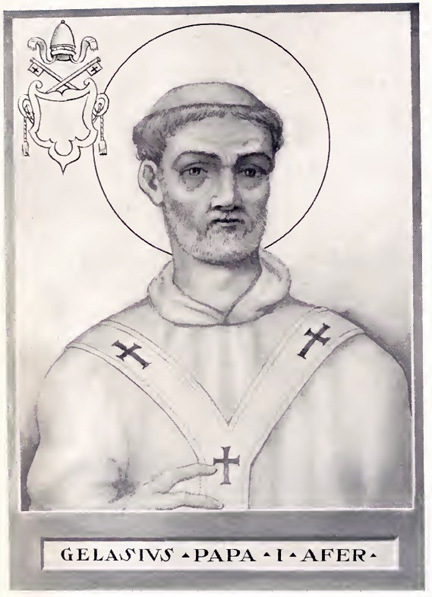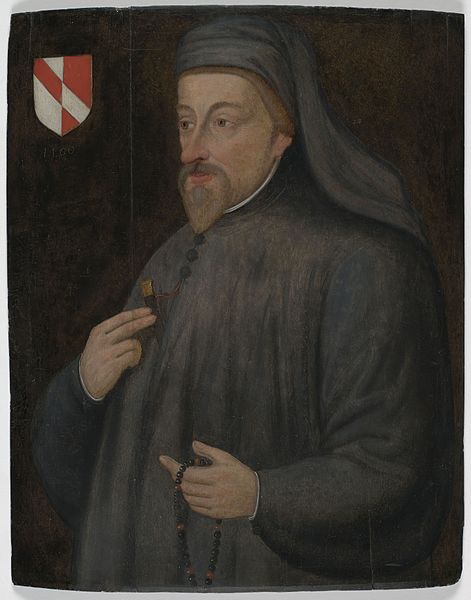Editor’s Note: Sometimes in the paper business, articles take longer than expected and get put on the back-burner. Unfortunately, there is little margin for errors when writing about holidays. Such is the case with this.
Due to an editorial mishap, Reverend Janglebones’ thoughts on Valentine’s Day never saw the light of day back in February.
As we like to say, “better late than never.” So, enjoy this article about the warm feelings of St. Valentine’s Day in the July heat.
This bird is looking happily ahead to spring with flowers abloom and critters abound. This bird also likes to look under the surface of things. In light of the time, I thought it would do us good to take a look beneath the candy-hearts and botanical sex-organs that decorate the surface of the upcoming holiday.
Like most religious phenomena, the history of Valentine’s Day has a colorful past. Full of uncertainties, appropriations, and amendments with only myriad clues to the whole story. In reality, Saint Valentine of Rome was a minister to persecuted Christians and martyred thusly on February 14, 269 CE (common era).
It wasn’t for another 227 years, after emperor Constantine embraced the Christian God as Rome’s own due to a 7 to 1 upset on a bridge, that the day of his martyrdom was commemorated as a holiday by Pope Gelasius I.

Even still, it wasn’t until Geoffrey Chaucer wrote the famous Canterbury Tales over a thousand years later (1382) that St. Valentine became associated with romance. All due to the conjunction of two factors. First, at that time in England romantic courtship had reached the pinnacle of popularity and fashion. And second, the springtime fowl of the English countryside were all scrambling to find their mates.
Related Articles:
- Reverend Janglebones’ Soapbox: Contemporary Arts Center
- Reverend Janglebones’ Soapbox: The Caves of Kentucky
This struck a chord in the mind of Chaucer whom then drew the parallel between the eager animals singing in the trees, and the dewy-eyed-thirsty mating rituals of his fellow countrymen and women and changed the day’s meaning forever with this one single line: “For this was on St. Valentine’s Day, when every bird cometh there to choose his mate.”

The rest, as they say, is history. However this bird, weary of brittle bones, finds more accuracy in drawing parallel between romantic love and the story of the original St. Valentine of Rome.
With realism rather than fear, I recommend accepting the inevitability of martyrdom any time one chooses to give their heart as a gift. Not just to another person, but to anything in which one truly believes. Hold on tight and don’t let go. We’re all in this together, you know.
Brian Yoder
Reporter


